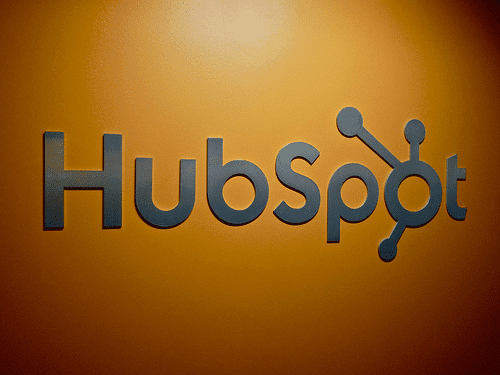This blog post is part of “The Ultimate Guide to Lead Generation” blog series.
Social media marketing continues to be a challenge for most businesses. Most owners or marketers do not have time to tweet and post and yet after seeing the power of social media with a simple “selfie” picture during the Academy Awards – now the most tweeted and re-tweeted post in tweeting history– may feel the urge get social. The power of word of mouth has always been a marketing factor. Now people have more ways to communicate with each other than ever before. So the question remains, how important is tweeting and social media to your business?
The answer depends on how important increasing leads and brand awareness is to your marketing plan. Social media can improve inbound leads and build brand awareness, given the right strategy and efforts. Some questions to begin your social journey: Do you have an inbound marketing strategy, and how does social media fit into it? Do you have resources (a marketing budget)? How does social media compliment your other marketing efforts?
Here are some examples to begin to incorporate tweeting and social media into your business:
First, start out with a sound strategy, clear goals, and a way to measure success. Measuring the success of social media has been a hot topic of debate in marketing ever since the beginning of social media. So, decide what’s important to your brand, set measurable goals, and commit to tracking and analyzing them along the way. One great way to measure the effectiveness of social media is by tracking how many visits, leads, and sales you get from social campaigns. This requires a some additional tools and analysis, but it can give you a precise measure of your return on investment.
Second, allocate a portion of your marketing budget to social media. The budget will be used to boost social media postings and to hire a third party to post for you or to compensate an existing employee or staff member (family members can work if they understand your business and take the social media task seriously).
Third, write down the purpose or goal for reaching out to fans, customers, and followers. Develop list of topics such as your industry news, education of your product, fun facts about your service or product, contests, special offers and more.
Finally – scheduling and engagement: Create a calendar schedule of postings and topics. This will help with consistency and quality. Once you begin posting check your engagement (comments, likes and following) and review weekly results. Social media happens daily and the more responsive you can be the better. Having someone check your engagement daily is ideal.
Most importantly, have fun with social media. Twitter, Facebook, LinkedIn, Pinterest and others are an extension of you and your business. Social media is a platform to engage clients and customers and potential customers; to understand they’re interests and learn what they like about your product or service. It’s like having a pulse on your business. What is your business pulse like?
This blog post is part of “The Ultimate Guide to Lead Generation” blog series.




